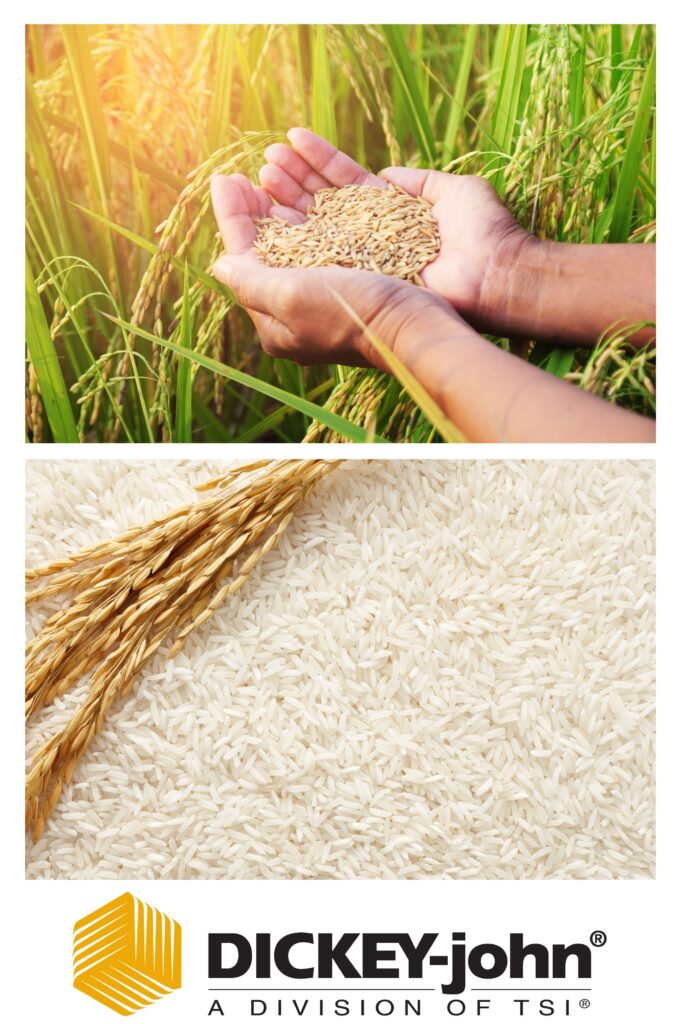Why is the moisture content of rice crucial?
Storage and Shelf Life: Proper moisture content is essential for preventing spoilage. Rice that is too moist can develop mould and bacteria, while rice that is too dry can become brittle and prone to breakage.
Quality and Texture: The moisture level affects the cooking quality of rice. Rice that’s too dry might cook unevenly, while rice with excess moisture can become overly sticky or mushy.
Preservation of Nutrients: Correct moisture content helps in maintaining the nutritional quality of rice over time. Excess moisture can lead to nutrient loss through spoilage.
Economic Factors: For commercial rice production and trade, maintaining appropriate moisture levels is essential to ensure consistent quality and to meet industry standards. This can affect pricing and marketability.
Processing Efficiency: In milling, the moisture content impacts the efficiency of the milling process. Too much moisture can cause clogging and mechanical issues, while too little can affect the ability to hull the rice effectively.
Overall, managing moisture content is key to ensuring rice remains safe, nutritious, and of high quality throughout its lifecycle.
Whether you are a grain trader where moisture content impacts price, or involved in processing where moisture dictates the quality of your product, DICKEY-john® has a solution for you.
DICKEY-john® manufacturers a range of portable and benchtop moisture testing devices for fast, easy, and accurate moisture content readings.
View our Moisture Testers for rice.
